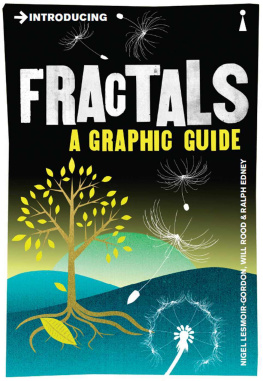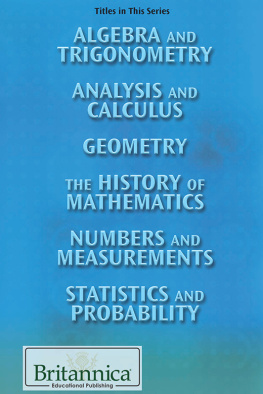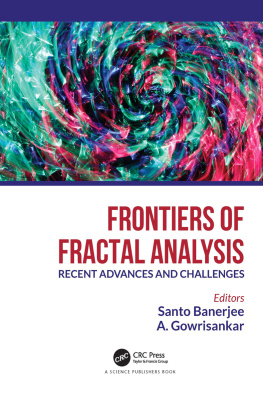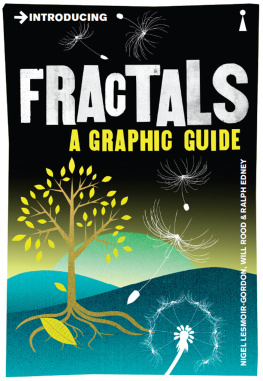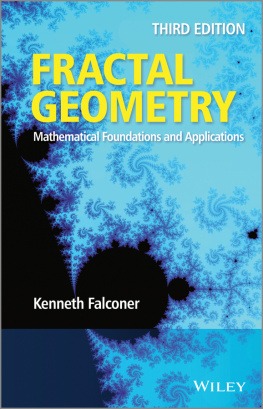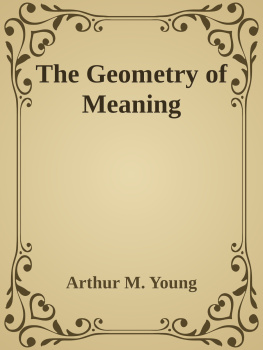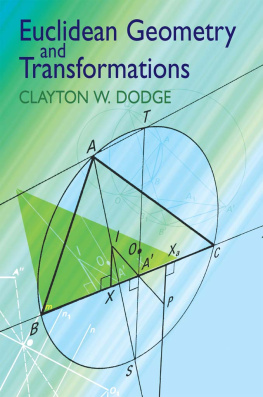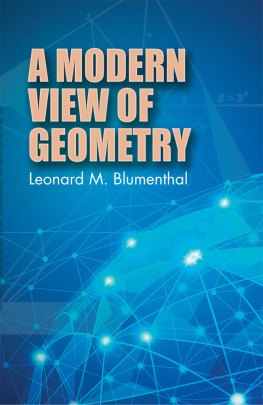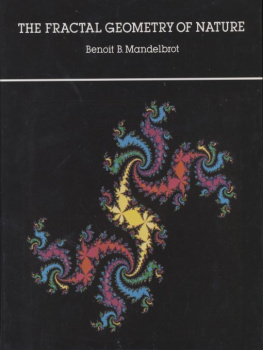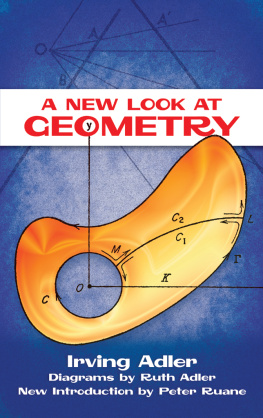Nigel Lesmoir-Gordon - Introducing Fractals: A Graphic Guide
Here you can read online Nigel Lesmoir-Gordon - Introducing Fractals: A Graphic Guide full text of the book (entire story) in english for free. Download pdf and epub, get meaning, cover and reviews about this ebook. year: 2005, publisher: Icon Books, genre: Children. Description of the work, (preface) as well as reviews are available. Best literature library LitArk.com created for fans of good reading and offers a wide selection of genres:
Romance novel
Science fiction
Adventure
Detective
Science
History
Home and family
Prose
Art
Politics
Computer
Non-fiction
Religion
Business
Children
Humor
Choose a favorite category and find really read worthwhile books. Enjoy immersion in the world of imagination, feel the emotions of the characters or learn something new for yourself, make an fascinating discovery.
- Book:Introducing Fractals: A Graphic Guide
- Author:
- Publisher:Icon Books
- Genre:
- Year:2005
- Rating:3 / 5
- Favourites:Add to favourites
- Your mark:
Introducing Fractals: A Graphic Guide: summary, description and annotation
We offer to read an annotation, description, summary or preface (depends on what the author of the book "Introducing Fractals: A Graphic Guide" wrote himself). If you haven't found the necessary information about the book — write in the comments, we will try to find it.
Fractal Geometry is the geometry of the natural world - animal, vegetable and mineral. Its about the broken, wrinkled, wiggly world - the uneven shapes of nature, unlike the idealized forms of Euclidean geometry. We see fractals everywhere; indeed we are fractal! Fractal Geometry is an extension of classical geometry. Using computers, it can make precise models of physical structures - from ferns to galaxies. Fractal geometry is a new language. Once you speak it, you can describe the shape of cloud as precisely as an architect can describe a house.
**
Nigel Lesmoir-Gordon: author's other books
Who wrote Introducing Fractals: A Graphic Guide? Find out the surname, the name of the author of the book and a list of all author's works by series.

